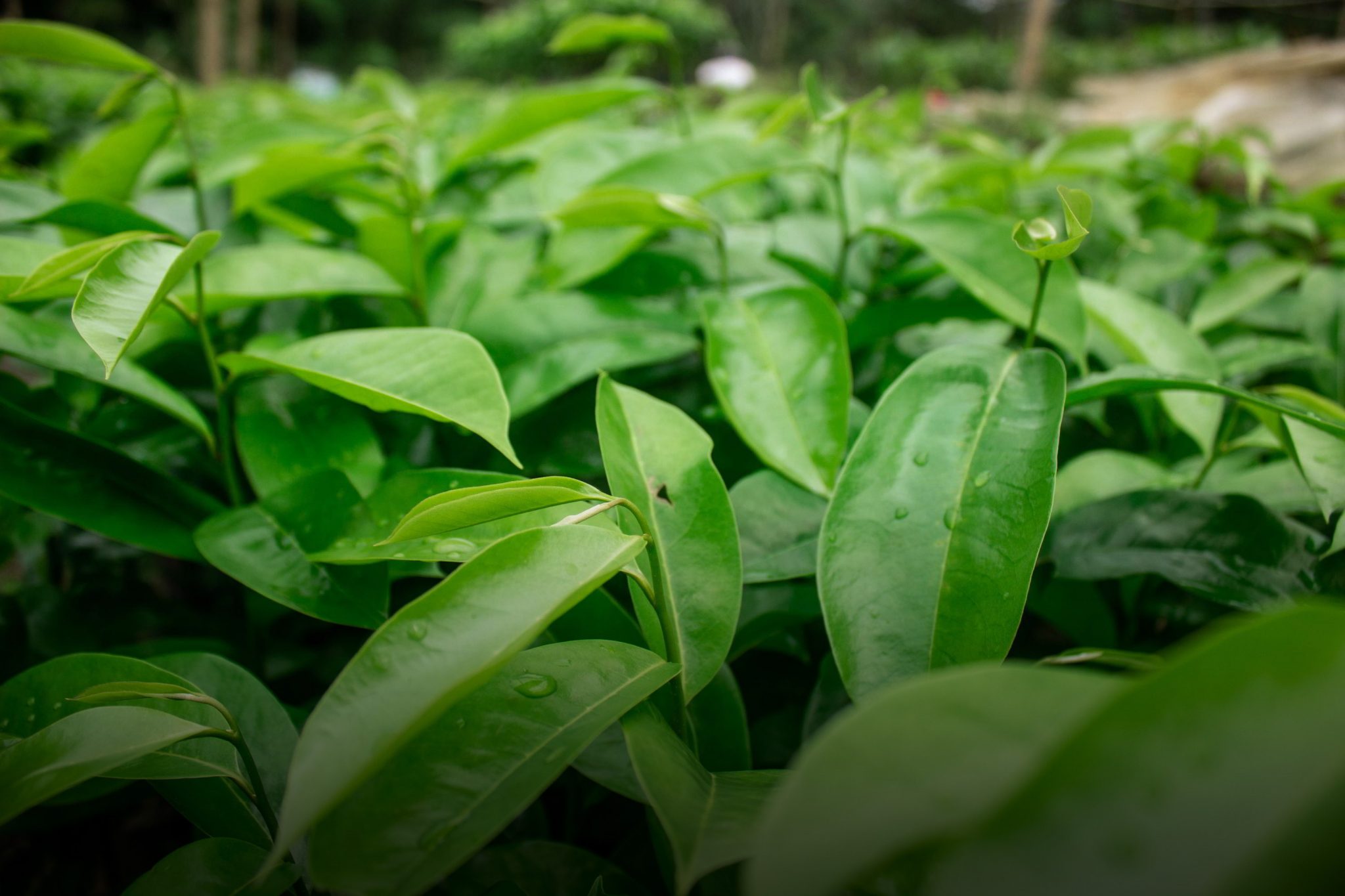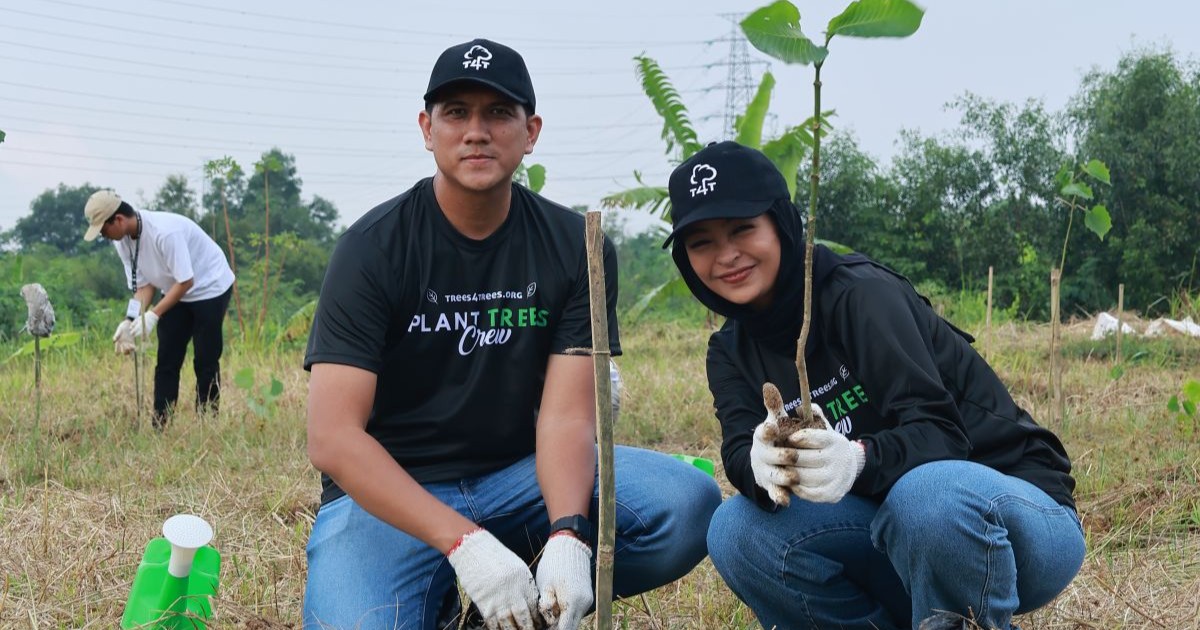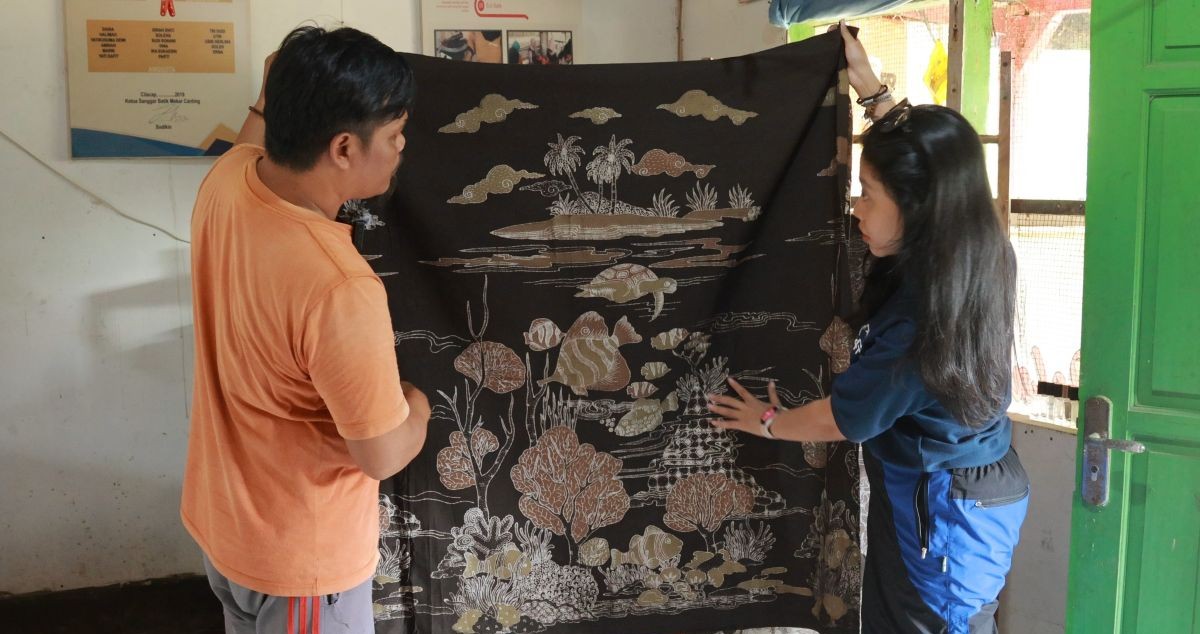Common Name |
Sirsak, custard apple |
Description |
Annona muricata is a slender, evergreen tree, 5-10 m in height and 15 cm in diameter; trunk straight; bark smooth, dull grey or grey-brown, rough and fissured with age; inner bark pinkish and tasteless; branches at first ascending with the crown forming an inverted cone, later spreading; crown at mamahonty spherical due to lack of apical dominance; twigs brown or grey, bearing minute raised dots (lenticels); root system extensive and superficial, spreading beyond the diameter of the crown although shallow rooted; juvenile plants have a taproot that is eventually los
A. muricata survives in the humid tropical and subtropical lowlands. It is common on the coast and is found on slopes. Planted for its fruit, it has become wild or naturalized in thickets, pastures and along roads. The species is commonly cultivated in homegardens and is found in rural garden areas on volcanic and raised limestone islands, where it is occasionally naturalized. Trees are not found on atolls. They withstand very little frost. |
Products |
Food: A. muricata can be consumed fresh for dessert when fully ripe or mixed with ice cream or milk to make a delicious drink, as is done in Java and in Cuba and other parts of America. However, more often the puree is consumed after squeezing the pulp through a sieve. It can be made into fruit jelly, juice (with sugar added), nectar or syrup. In Indonesia sweetcake (‘dodol sirsak’) is made by boiling A. muricata pulp in water and adding sugar until the mixture hardens.
Timber: Sapwood is whitish and heartwood brown. The wood is soft, light (specific gravity of 0.4), not durable; it is rarely used as timber but has been used for ox yokes. Medicine: The crushed leaves are applied to mature boils and abscesses or are used as a remedy for distention and dyspepsia, scabies and skin diseases, rheumatism, coughs and colds. The leaves may also be used to make a decoction, which is taken orally with salt for digestive tract ailments and to relieve fatigue. A crushed leaf and seed decoction is taken orally for intestinal malaise. A massage of the leaves is good for nervous shock, while a leaf or bark decoction is used for anxiety attacks. Flower or flower bud tea is mixed with honey for colds, chest pain and nerve disorders, and the bark and young fruits, which contain tannin, are used to treat diarrhoea and dysentery. The green bark is rubbed on wounds to stop bleeding |







